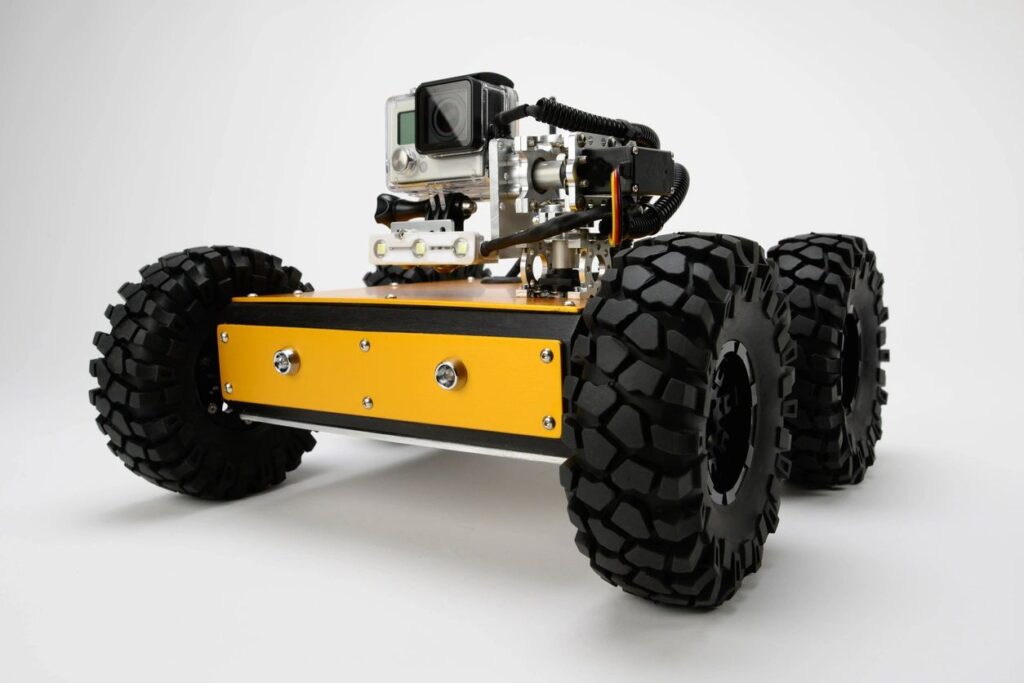Investing in the Automation Revolution: Companies Poised to Win in the AI and Robotics Era

As automation and AI rapidly reshape the labor market, the winners won’t just be the companies replacing workers with machines—they’ll also be the investors who recognize this shift early. While the social and economic challenges of mass automation are real, the financial opportunities are just as significant for those positioned on the right side of the trend.
1. Tesla and the Humanoid Robot Market
Tesla isn’t just an electric car company anymore. With its Optimus humanoid robot and full self-driving ambitions, Tesla is betting that robotics will outpace its vehicle business in revenue. The company’s edge lies in scale—if it can mass-produce humanoid robots at $20,000–$30,000 each, adoption in manufacturing, logistics, and even service industries could be explosive. Early investment here is high-risk, high-reward, but the potential market size is massive.
2. AI Infrastructure Enablers
The brains of automation—advanced AI models—require immense computing power. This puts companies like NVIDIA, AMD, and ASML in a strong position as they provide the chips, hardware, and lithography systems that make AI and robotics possible. Their growth is tied not just to one industry, but to the entire automation ecosystem.
3. Industrial Robotics Leaders
Automation in manufacturing is already dominated by players like ABB, Fanuc, and Yaskawa Electric, which supply specialized robotic arms, assembly systems, and automation software. While humanoid robots make headlines, these companies generate consistent profits from industrial-grade automation used worldwide.
4. Software and AI Automation Platforms
Companies like UiPath and Automation Anywhere focus on robotic process automation (RPA), replacing repetitive digital tasks in office and service sectors. As more white-collar jobs become automatable, these platforms could see accelerated adoption, especially in finance, healthcare, and logistics.
5. The ETF Approach
For investors looking for broad exposure, automation-focused ETFs such as BOTZ (Global X Robotics & Artificial Intelligence ETF) or ROBO (ROBO Global Robotics and Automation Index ETF) offer diversified holdings across AI chipmakers, robotics manufacturers, and automation software companies.
6. Long-Term Risks to Watch
The automation boom could lead to valuation bubbles—especially in humanoid robotics if expectations outpace actual adoption. Geopolitical tensions and regulatory pushback could also slow growth. As with any emerging tech trend, diversification and disciplined position sizing are key.
Final Take: Automation is more than a technological shift—it’s a wealth transfer. The investors funding, building, and scaling automation stand to gain the most, while much of the labor market faces disruption. By focusing on companies with strong technology, scalable production, and real-world demand, you can position yourself to benefit from the AI and robotics era without getting caught in speculative hype.
All writings are for educational and entertainment purposes only and does not provide investment or financial advice of any kind.






